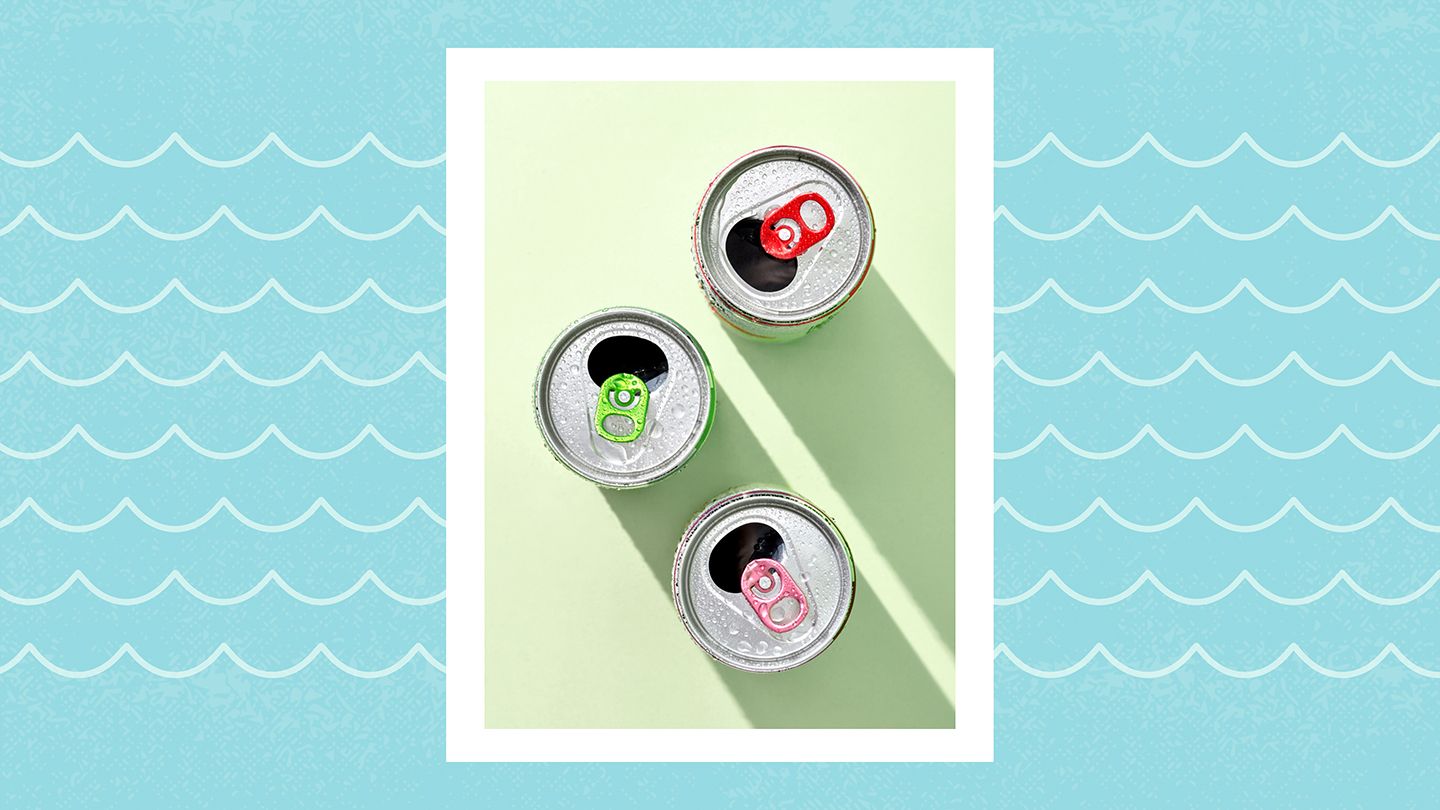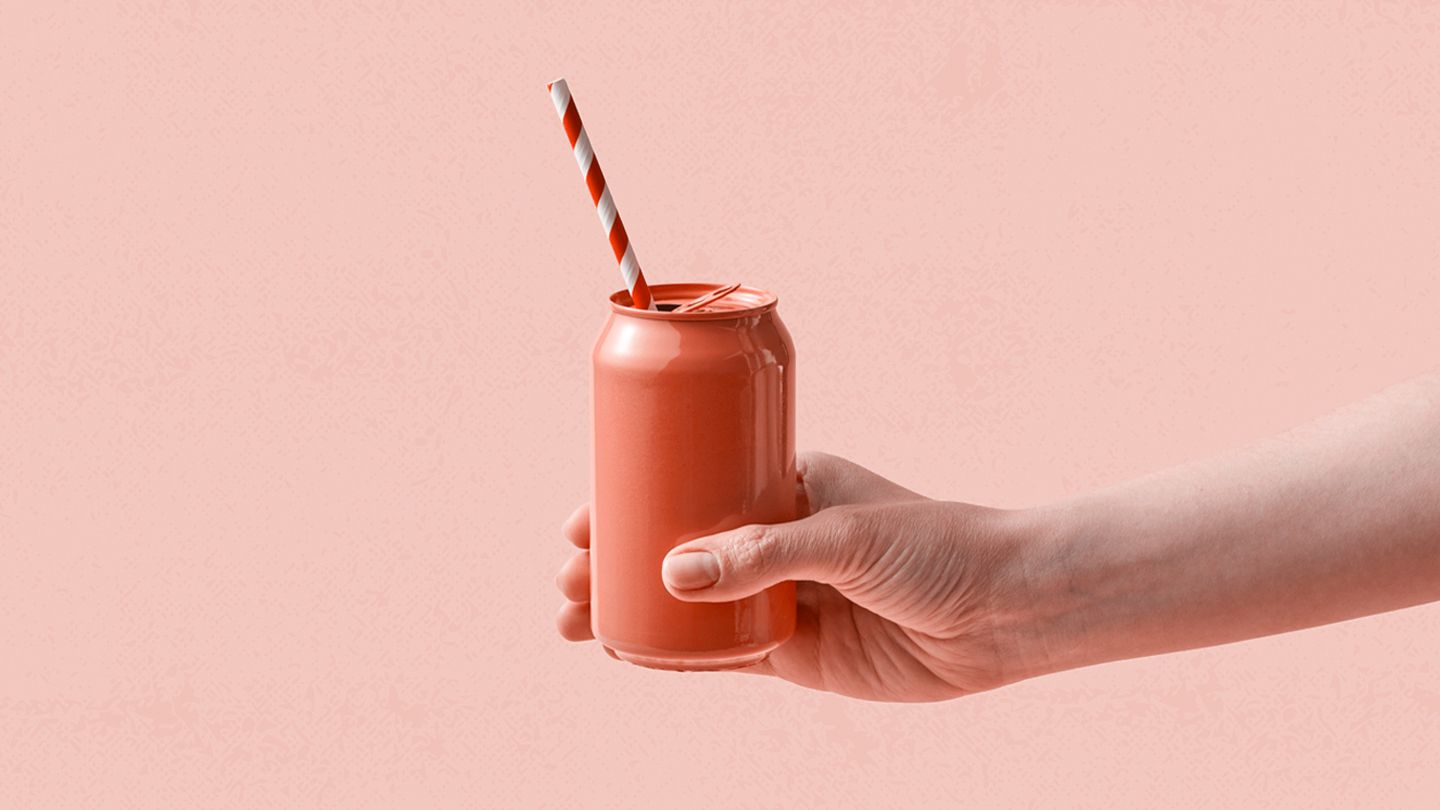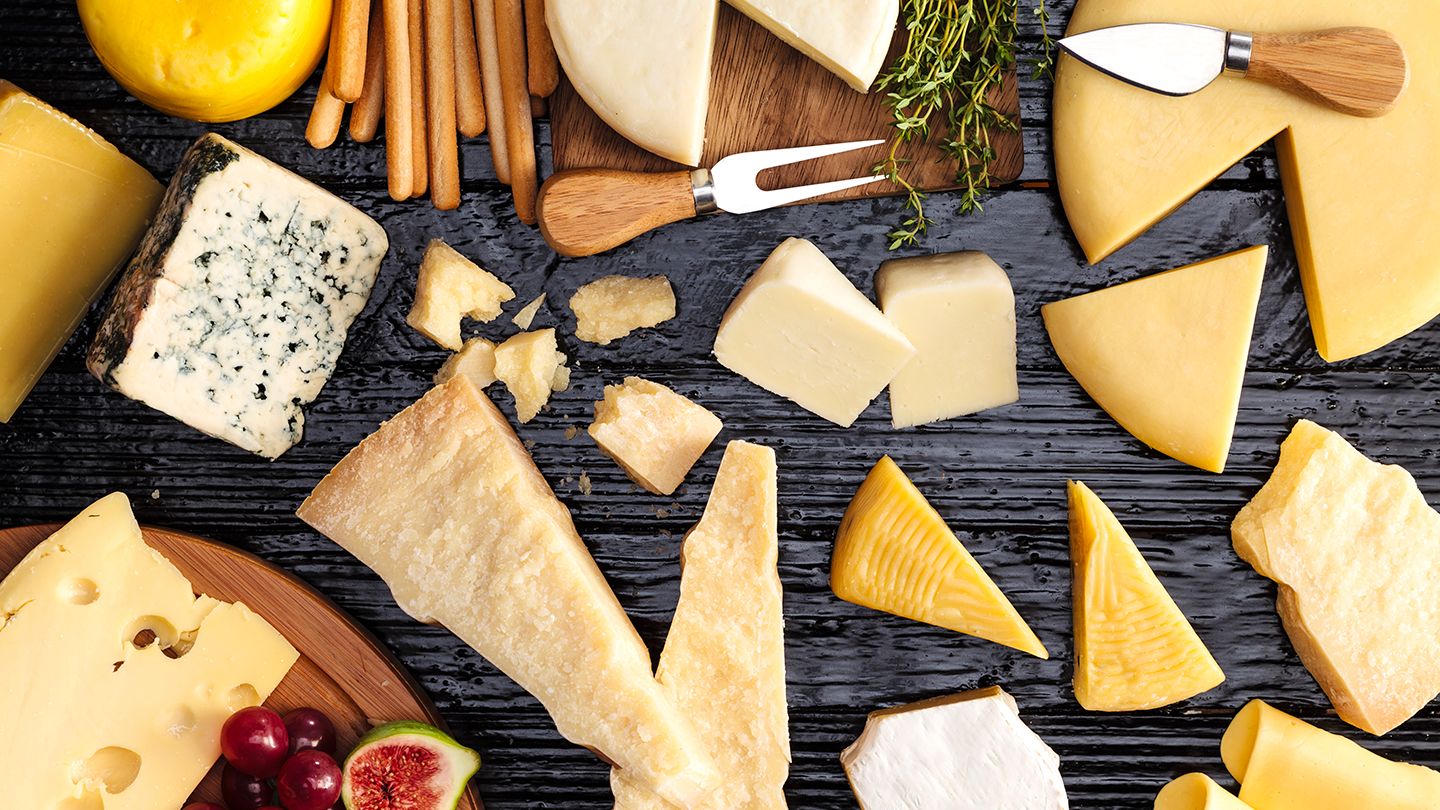How Many Carbs Are in a Glass of Red Wine?
Red wine is a popular alcoholic beverage that many people enjoy in moderation. However, those following lower carb or ketogenic diets may wonder about the carb content of red wine. So how many carbs are actually in a 5oz (150ml) glass of red wine? The amount can vary based on factors like wine style and sugar content.
Dry Red Wines
Most dry red table wines have about 3-4g net carbs per 5oz glass. Dry red varieties like Cabernet Sauvignon, Pinot Noir, Merlot, Syrah, Malbec, and Sangiovese are some better options for limiting carbs.
Sweet Red Wines
Sweet red wines have more carbs, generally around 5-7g per 5oz pour. Varieties classified as sweet reds include certain styles of Lambrusco, Ruby Port, Tawny Port, Banyuls, Brachetto, certain Rieslings, and some blends.
Sparkling Red Wines
Sparkling reds like Lambrusco can range from about 5-8g net carbs per 5oz glass depending on sweetness level. Drier styles are lower.
How the Carb Count of Red Wine Compares to Other Alcohol
Compared to many other popular alcoholic drinks, most dry red wine is relatively low in carbohydrates.
Beer
Beer tends to be very high in carbs, ranging from 10-30g per 12oz serving depending on the style. Even light beers contain 5-10g per bottle.
Sweet Wines
Sweet white wines have more carbs at 9-16g per 5oz pour. Dessert wines like Port can have up to 18g per glass.
Liquor and Spirits
Distilled liquors like whiskey, vodka, gin, and rum contain 0g carbs per 1.5oz shot. Adding soda or juice will add carbs.
Mixed Drinks
The carb counts in cocktails varies widely. Simple mixes using diet soda or zero carb mixers are lowest. Sugary juices, syrups, and liqueurs add more carbs.
What Factors Influence the Carb Count of Red Wine?
Several factors impact the carbohydrate content in a glass of red wine, including:
Grape Variety
The types of grapes used affects the natural sugar levels. Dessert wine grapes like Petite Sirah tend to be higher.
Vintage and Growing Conditions
The climate and weather during a particular growing season impacts grape development and ripeness, affecting sugar and carb amounts.
Wine Style
Dry table wines are lowest in carbs, while sweet dessert-style wines have more added sugar increasing carbs.
Fermentation Process
Winemakers can control the final carb content through fermentation duration, yeasts used, and other methods.
Added Sugar
Extra sugar is often added after fermentation to enhance sweetness in styles like Port, Banyuls, and some Rieslings and reds.
Blending
Sweet and dry wines are sometimes blended, creating variation in carb content of the final wine.
Tips for Choosing Low Carb Red Wine
Picking the best low carb red wine options involves considering a few factors:
1. Select Dry Varieties
Opt for dry red table wine styles over sweet, sparkling, or fortified wines. Dry red types generally have under 5g carbs per glass.
2. Research Specific Bottles
Look up the carb counts of particular brands and varietals online or ask at the wine store. Counts can vary, even within the same grape variety.
3. Check Alcohol Content
Wines with 13-15% alcohol tend to be drier and lower in residual sugar and carbs than those under 13% alcohol.
4. Choose Old World Style Reds
European regions like France, Italy, and Spain typically make drier, lighter-bodied red wines that are lower in carbs than bold New World styles.
5. Learn from the Label
Terms like dry, sec, or seco indicate a wine is not sweet, while labels with off-dry, demi-sec, or amabile mean some residual sugar is present.
10 Lowest Carb Red Wine Picks
Based on available nutrition data, some great options for low carb red wine include:
1. Pinot Noir
Most dry Pinot Noir from regions like France, New Zealand, Oregon, and California ranges from 3-5g carbs per glass.
2. Cabernet Sauvignon
Classic dry Cabernet Sauvignon has around 3-4g carbs per 5oz serving for most styles including Napa Valley.
3. Merlot
This smooth dry red has around 3-4g net carbs per glass. Avoid sweet Merlot.
4. Syrah/Shiraz
Northern Rhone Syrah and drier Australian Shiraz contain about 3-5g carbs per 5oz.
5. Sangiovese
The Italian red used for Chianti averages 3-4g carbs per serving when dry.
6. Malbec
Dry Argentinean Malbec often provides 3-5g carbs per pour.
7. Zinfandel
Most dry Zinfandels from California have around 4g net carbs per glass.
8. Bordeaux Blends
Variable blends but dry red Bordeaux is typically 3-4g carbs when not sweetened.
9. Spanish Reds
Rioja, Tempranillo, and Garnacha from Spain run about 3-4g per 5oz glass.
10. Chianti Classico
The Italian DOCG wine made with Sangiovese averages 3-4g carbs for dry styles.
Red Wines Highest in Carbs
While many dry reds are low carb, these styles tend to be higher:
Sweet Reds
Dessert and sweet red wines like Port, Lambrusco, sweet Banyuls, and some Riesling can reach up to 8g+ carbs per glass.
Sparkling Reds
The added carbonation adds a slight carb boost with some sweet sparkling reds at 7-9g per pour.
Red Blends
Blended reds mixed with white juice/wine or neutral spirits may be higher in carbs at 4-8g.
Fruit-Flavored Reds
Reds flavored with juices and purees like strawberry, peach, and citrus range 5-10g per glass depending on sugars.
Naturally High-Sugar Grapes
Certain grapes like Grenache, Zinfandel, and Petite Sirah can make slightly higher carb wines.
Is Red Wine Keto and Low Carb Diet Friendly?
Dry red wine can fit into a keto diet in moderation. With only 3-5g net carbs per glass, a serving of dry red wine likely won't knock you out of ketosis, which allows 20-50g daily carbs.
However, be mindful of your overall carb limit for the day. Count each glass of wine within your total carb intake. Plus, alcohol metabolism temporarily pauses ketosis.
Red Wine Carb Counts by Style and Variety
Here are estimated carb counts in 5oz (150ml) glasses of popular red wine styles and grape varieties:
Pinot Noir - 3 to 5g carbs
Cabernet Sauvignon - 3 to 4g carbs
Merlot - 3 to 4g carbs
Malbec - 3 to 5g carbs
Zinfandel - 4 to 5g carbs
Syrah/Shiraz - 3 to 5g carbs
Sangiovese - 3 to 4g carbs
Red Bordeaux Blends - 3 to 4g carbs
Rioja - 3 to 4g carbs
Chianti - 3 to 4g carbs
Port - 7 to 18g+ carbs
Lambrusco - 5 to 8g carbs
Sweet Riesling - 5 to 9g+ carbs
Banyuls - 5 to 8g+ carbs
Red Wine Nutrition Facts
Aside from carbs, some of the basic nutrition information per 5oz (150ml) glass of red wine includes:
Calories
Around 125 calories on average.
Protein
None or less than 1g.
Fat
None or less than 1g.
Sugar
0.5-2g for dry wines, up to 10g+ for sweet styles.
Alcohol Content
Typically 12-15% ABV. Port and other fortified wines higher.
Health Benefits of Red Wine
In moderation, red wine may offer some potential health benefits related to its antioxidant content and ability to raise good HDL cholesterol. However, the risks of alcohol outweigh benefits beyond 1 drink per day for women and 2 for men.
Antioxidants like Resveratrol
Red wine contains the antioxidant resveratrol, which may help lower inflammation and enhance heart health.
Raise Good Cholesterol
Moderate intake has been associated with increased levels of HDL, the good cholesterol.
Improve Blood Markers
Some research finds red wine can improve cholesterol profiles and other heart disease risk factors.
Lower Blood Pressure
Theres some evidence for a small blood pressure lowering effect from polyphenols in red wine.
Downsides and Risks of Drinking Red Wine
Despite potential benefits, there are also significant downsides and risks to red wine, including:
High in Calories
The 125 calories in a glass can add up quickly, hindering weight loss for some.
Interrupts Ketosis
Drinking red wine pauses ketosis temporarily due to alcohol metabolism taking priority in the liver.
Addiction and Habit Forming
Alcohol carries a risk of addiction and dependence with daily drinking.
Toxic for Some
Alcohol toxicity risks exist for those with medical conditions, on medications that interact, or with a history of alcohol abuse.
Headaches and Hangovers
Red wine can trigger headaches in susceptible individuals. Hangovers may occur with overconsumption.
Interferes with Sleep Quality
Alcohol can reduce sleep quality and lead to more nighttime awakenings.
Increased Cancer Risk
Regular intake elevates risks for mouth, throat, liver, breast, and colon cancers.
The Bottom Line
A 5oz glass of dry red table wine averages about 3-5g net carbs, making it a reasonable drink option for low carb and keto dieters in moderation. However, more is not better given the calories and risks that come with alcohol consumption.
Prioritize dry red wine styles over sweet, sparkling, or fortified varieties if limiting carbs. Check labels and counts when possible and work each glass into your daily carb allowance.
FAQs
How many net carbs are in a 5oz glass of dry red wine?
Most dry red table wines like Cabernet, Merlot, and Pinot Noir have about 3-5g net carbs per 5oz (150ml) glass.
What types of red wine are lowest in carbs?
Dry table red wines are lowest, usually under 5g carbs per glass. Sweet dessert reds and sparkling types have more carbs at 5-8g per pour.
Does the grape variety affect the carb count?
Yes, certain grapes like Grenache and Zinfandel tend to produce wines slightly higher in natural sugar and carbs even when dry.
Can you drink red wine on a keto diet?
Dry red wine can fit into keto diets in moderation since a glass has minimal carbs. But alcohol does pause ketosis temporarily.
What are the health benefits of red wine?
Potential benefits of moderate intake include increased HDL cholesterol, lower inflammation, improved heart health markers, and more antioxidants like resveratrol.
Disclaimer: This article is for informational purposes only and does not constitute medical advice. Always consult with a healthcare professional before starting any new treatment regimen.
Related Coverage
Polenta is high in carbs but can fit into keto diets in moderation with low-carb swaps. Get tips for enjoying polenta while staying in ketosis....
Learn about the best low-carb, keto-friendly drink options to properly hydrate, get nutrients, and succeed with your ketogenic diet....
Vaping can cause dizziness due to nicotine's effects on blood pressure, dehydration, toxins, and more. Learn why vaping makes you dizzy and tips to prevent it....
Discover the intriguing connections between AIDS, diet, and chocolate. Explore the potential benefits of dark chocolate and its role in supporting overall health for individuals living with HIV/AIDS....
This guide explains what pranic healing is, its techniques and health benefits, plus tips for finding reputable pranic healers conveniently near your location....
Live Carb Smart bread offers a keto-friendly 2g net carbs per slice. Learn about the ingredients, nutrition facts, and how it fits into low-carb and ketogenic diets....
Explore the potential benefits of probiotics for diabetes management. Learn about the best probiotic strains and foods that may help improve blood sugar control....
Wondering if you can drink Celsius energy drinks while following a keto diet? This article outlines the carb count and keto-friendliness of different Celsius options....
Seaweed salad can be keto-friendly in moderation. Learn whether enjoying its briny crunch fits into daily low-carb ketosis limits, plus tips to balance intake....
Reduced fat Monterey Jack retains the mild, creamy flavor of regular Monterey Jack but contains less fat, calories and cholesterol. Learn how it compares nutritionally and tips for cooking....









